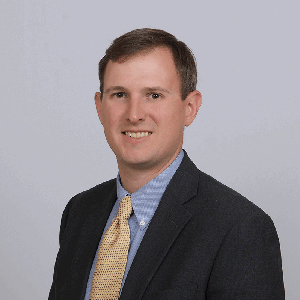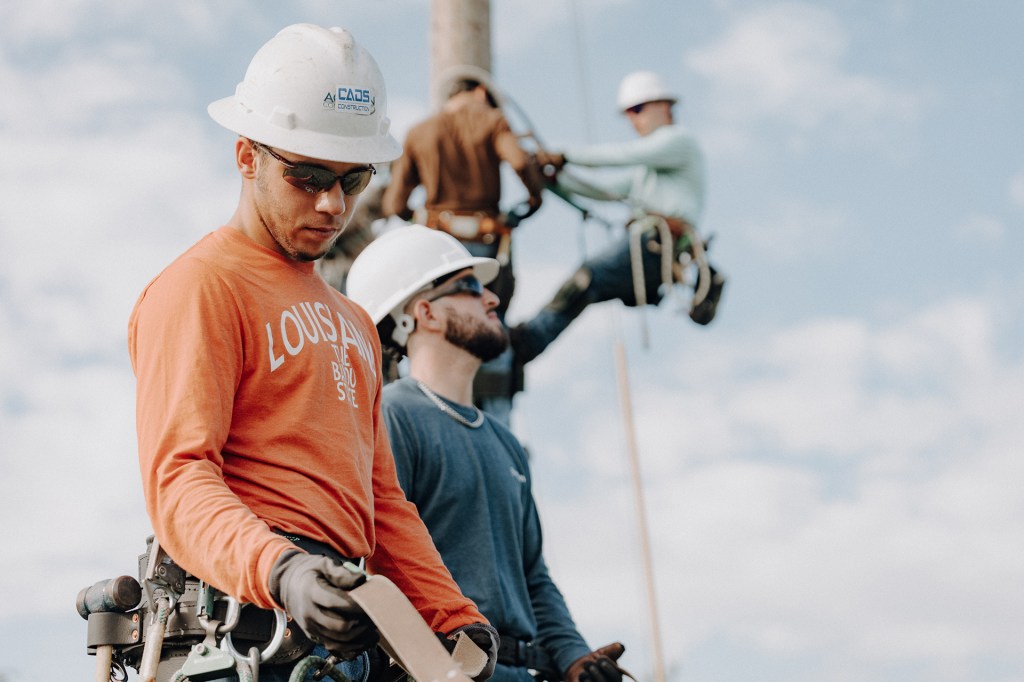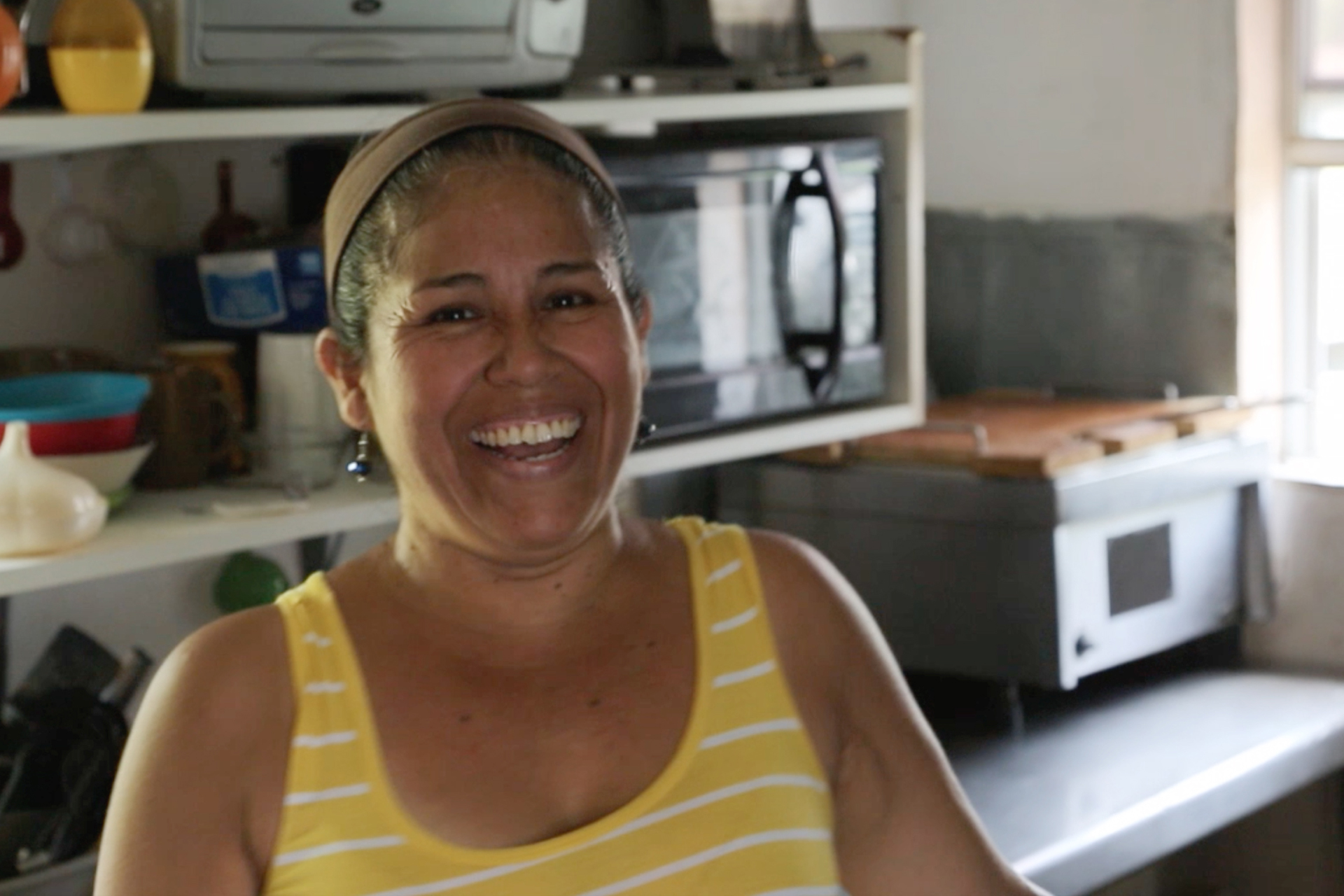Image courtesy of Rockit Science Agency
Whether filling out a digital job application, performing online banking, or completing remote coursework, having internet access is crucial to fully participate in the modern economy. However, many communities—particularly those that are rural or low-income—face significant financial and technical hurdles to getting connected. To combat this, grassroots organizations, state and federal offices, and Federal Reserve Banks have all joined the fight to close the digital divide to support a more inclusive economy.
When Louisiana launched its state broadband office, ConnectLA, in March 2021, about 405,000 households or business locations— approximately 20 percent of the state’s total—had no or unreliable internet access. Only three and a half years later, ConnectLA has brought that total down to 140,000 in 2024. ConnectLA’s Deputy Director, Thomas Tyler, is confident the office can bring that number down to zero.
Tyler has worked with ConnectLA since June 2021 as one of only three full-time staff. Despite hosting a relatively tiny team, ConnectLA boasts one of the most productive state broadband offices. After the Broadband Equity, Access, and Deployment (BEAD) program—a $42.45 billion federal broadband funding source to expand high-speed access—was announced, Louisiana became the first state to see its BEAD proposal approved and have its funding released. In early 2024, the American Enterprise Institute ranked ConnectLA the nation’s top performing broadband office in its annual evaluation of state broadband programs. ConnectLA’s secret to its success? Community engagement.
“If someone asked for a broadband meeting, they were getting it.”
In their Baton Rouge headquarters, ConnectLA’s team keeps a map punctured with little flags. Each flag marks a location the team has travelled to—totaling over 120 parishes, towns, and cities—during their various stakeholder engagement tours across the state.

“Getting out and learning people’s challenges and concerns has always been important. We continued to do those meetings wherever anybody asked us to go. If someone asked for a broadband meeting, they were getting it.”
– Thomas Tyler, Deputy Director, ConnectLA
Their first tour occurred after the office’s launch, giving Louisiana citizens the opportunity to learn more about ConnectLA and vent their connectivity concerns. “Getting out and learning people’s challenges and concerns has always been important,” Tyler said. “We continued to do those meetings wherever anybody asked us to go. If someone asked for a broadband meeting, they were getting it.” ConnectLA used the community knowledge gained through the tour to inform the design of Granting Unserved Municipalities Broadband Opportunities (GUMBO) 1.0, a grant program aimed at helping private internet service providers (ISPs) build out broadband networks to unserved areas.
After grant winners were announced, the ConnectLA team hit the road again. The office embarked on a statewide tour to connect local governments with the ISPs chosen to build out their areas. “Providers need to know who they can contact locally,” Tyler said. “Locals need to know who the providers are, who they can actually get an actionable response from.” To further build trust with the public, ConnectLA’s website maintains a live dashboard where citizens can track those projects’ progress. Most of them are on track to be completed by the end of 2025. This is a testament to the strong working relationships that ConnectLA’s road tour helped foster.
Back on the road for BEAD
While GUMBO 1.0 and other programs successfully brought internet access to around 200,000 locations, many remained disconnected. “We asked providers where they wanted to build,” Tyler said. “They picked off the low-hanging fruit and went to areas where it made financial sense.” So, when the federal government announced the creation of BEAD, through which ConnectLA would receive 10 times the funding it had worked with for GUMBO 1.0, the office geared up to design a program that would cover the rest of the state.
Hitting the road again, the ConnectLA team took that map on a state tour as they promoted the upcoming Challenge Process. The Challenge Process, a part of every state’s BEAD program, gives local governments, nonprofit organizations, and ISPs the chance to edit state connectivity maps by “challenging” a location’s internet service status—for example, from “served” to “unserved.” The finalized maps determine where BEAD funding is allocated. Therefore, the accuracy and ultimate efficacy of funding deployment depends on having a Challenge Process with high participation rates.
By embarking on a state tour before the Challenge Process launched, ConnectLA was able to host stakeholder engagement meetings and bring attention to the program. They provided an overview of the Challenge Process and invited anybody interested to participate. During the three-month timeframe, ConnectLA confirmed internet access to 60,000 locations on its map—determined as already built out or with ISPs committed to building them out by June 2024. This left 140,000 locations to connect through BEAD.
Collaborating with internet service providers
ConnectLA is successful due to the way it engages with both community members and ISPs.
“We’ve always been business friendly,” Tyler explained. “We understand that with these programs, ISPs need to make money. [We] can’t ask them to build something for free.” To make the funding as productive as possible, ConnectLA needed to create financially attractive grant opportunities that ISPs were willing to compete for. The organization bundled locations of varying financial viability into larger project areas that ISPs would be incentivized to build out. This brought competition to the bid process, with multiple ISPs vying for a single project area and bringing down the price of proposals.
After build-out, additional competition is expected to enter markets by introducing new ISPs to previously unserved areas. As multiple ISPs are brought into proximity by their grant programs, providers get the opportunity to expand into each other’s territory, with the resulting competition lowering internet prices for the community.
Developing the workforce
In addition to deployment, ConnectLA has already started using BEAD to fund workforce development. The office sent the first $30 million to the Louisiana community and technical college system, preparing to build a workforce capable of filling the estimated up to 4,000 jobs needed to build out fiber networks.
As with GUMBO 1.0 and BEAD, ConnectLA’s partner Louisiana’s Community & Technical College System (LCTCS) held stakeholder engagement meetings prior to the design of their infrastructure and telecommunications workforce programs. As explained by Dr. Tiffany Howard, external partnerships officer of LCTCS, the meetings ensured that the programs would be designed to address the specific needs of telecommunications employers. That meant the certifications needed to be aligned with industry, comprehensibly marketed to the community (beginning with teaching people what a broadband job is) and set up so that an employee can start working immediately after completion. The team also learned how to maximize the programs’ effectiveness by location. For example, ConnectLA learned from GUMBO 1.0 grant awardees that Southern Louisiana used more fiber while Northern Louisiana used more aerial, so the training was modified appropriately.
Louisiana’s community and technical colleges also host programs in prisons targeting the reentry population. Individuals can earn credentials while incarcerated, making it easier to find employment upon release.
The skills gained by students during the trainings are transferable across multiple industries such as transportation and energy transition, building a flexible workforce that will be prepared to meet broadband demand once the projects are ready for scale.

Photo courtesy of ConnectLA
Key to success
Community engagement doesn’t stop once fiber construction begins. One major concern that ConnectLA anticipates is breaking other infrastructure while laying fiber. “A lot of municipalities don’t know where [their] water lines and power lines are,” Tyler explained. To ensure existing infrastructure isn’t damaged repeatedly, ConnectLA has asked ISPs to report damage to municipal infrastructure every month. The office plans to use this data to understand how widespread damage issues are. The plan will also investigate how it can further support local governments to ensure the proper tools are in place to limit damage.
And when ConnectLA begins work to address key components of its digital opportunity plan – to expand digital skills training and device access – it plans to continue to partner across state agencies, nonprofits, and communities.
By working collaboratively, state broadband offices can design efficiency-maximizing programs that will build broadband networks out as quickly and effectively as possible. Because, as Tyler notes, “[the community] wants it to get done quickly—they need internet yesterday.”

The eighth issue of Consumer & Community Context delves into the availability of broadband, devices, and digital skills and its impact on communities. It explores why internet connectivity is essential for participating in the economy and how the lack of access to broadband, devices, and digital skills affects low-and-moderate income (LMI) people disproportionately.
Additional digital inclusion resources:
- Expanding America’s Bandwidth: Gaps in Rural and Underserved Communities
- Funding to address broadband gaps in the Eleventh District
- Is federal broadband funding going to states that need it most?
- Texas, Louisiana and New Mexico laying groundwork for greater internet connectivity
- Residents share their experiences with—and wishes for—broadband
- Community input drives the digital literacy and internet access efforts of Mamacítas Cibernéticas
- Bridging the rural digital literacy and connectivity divide in New Mexico
- Shonterria Charleston supports rural communities, even from a parking lot










